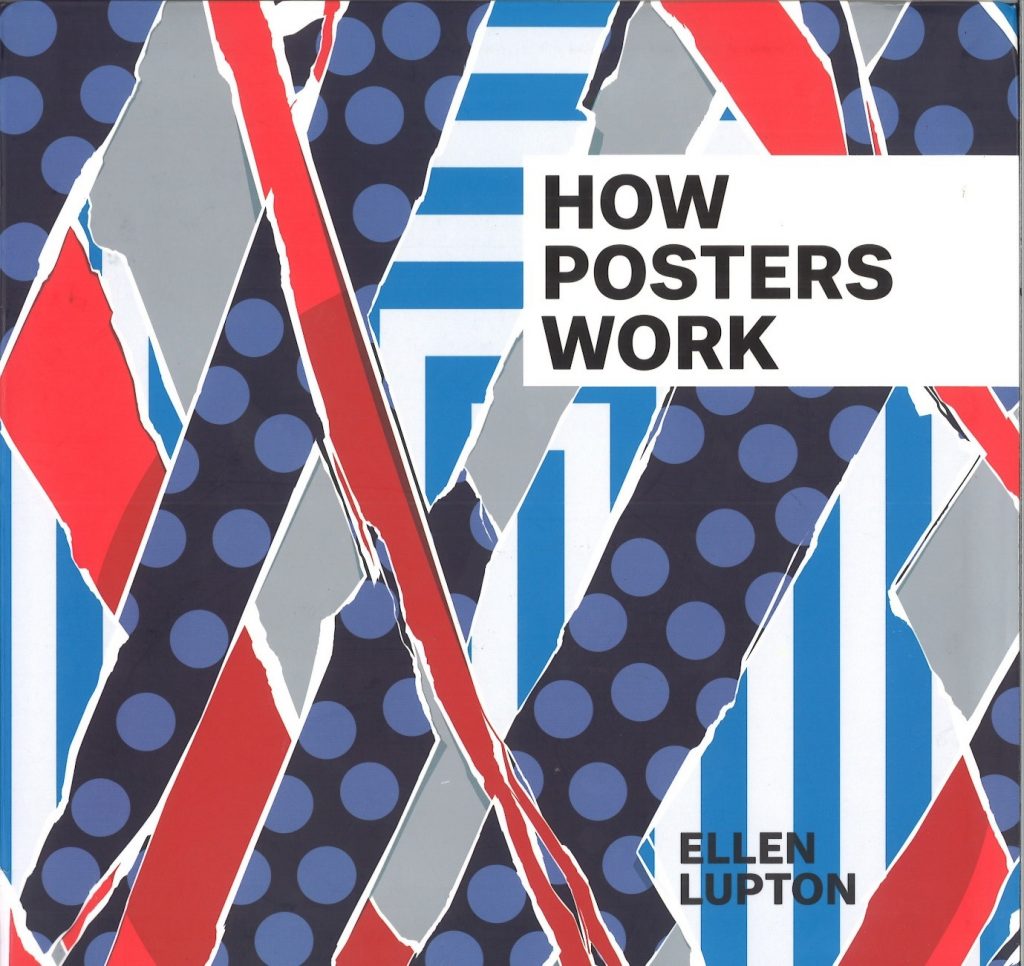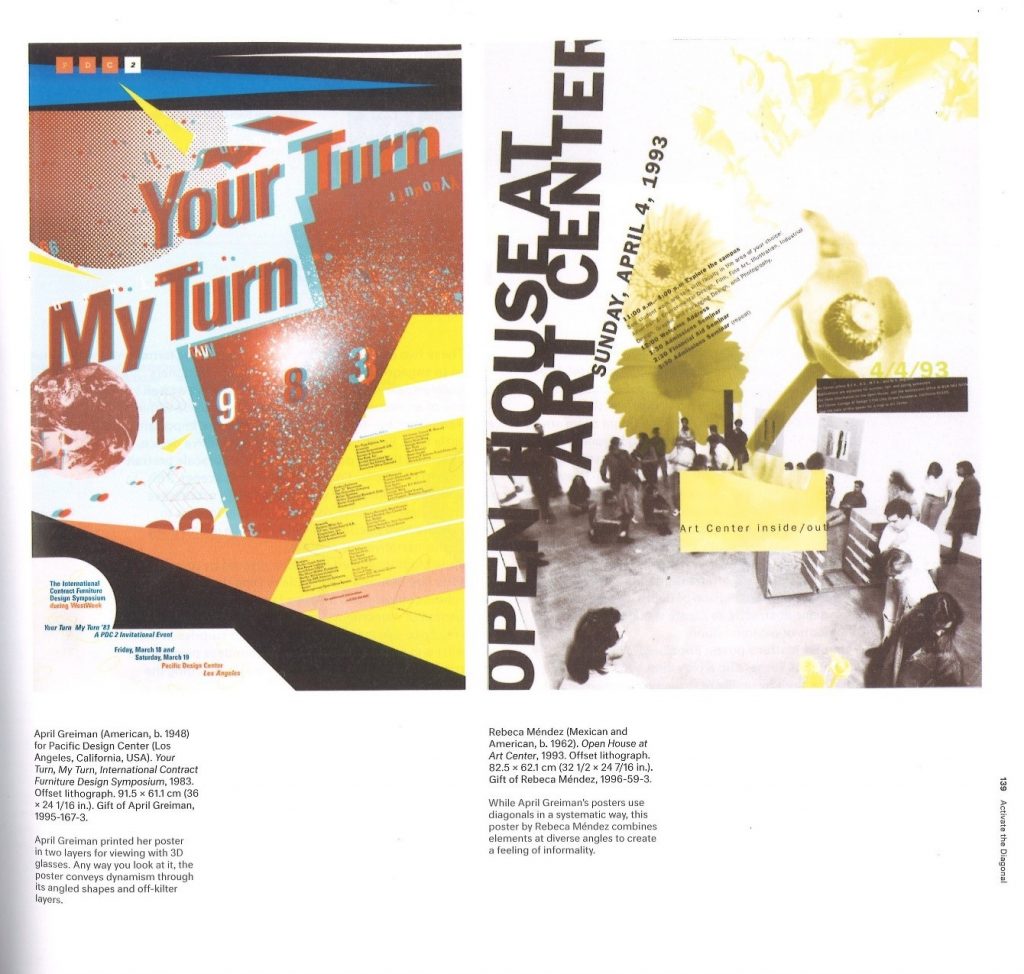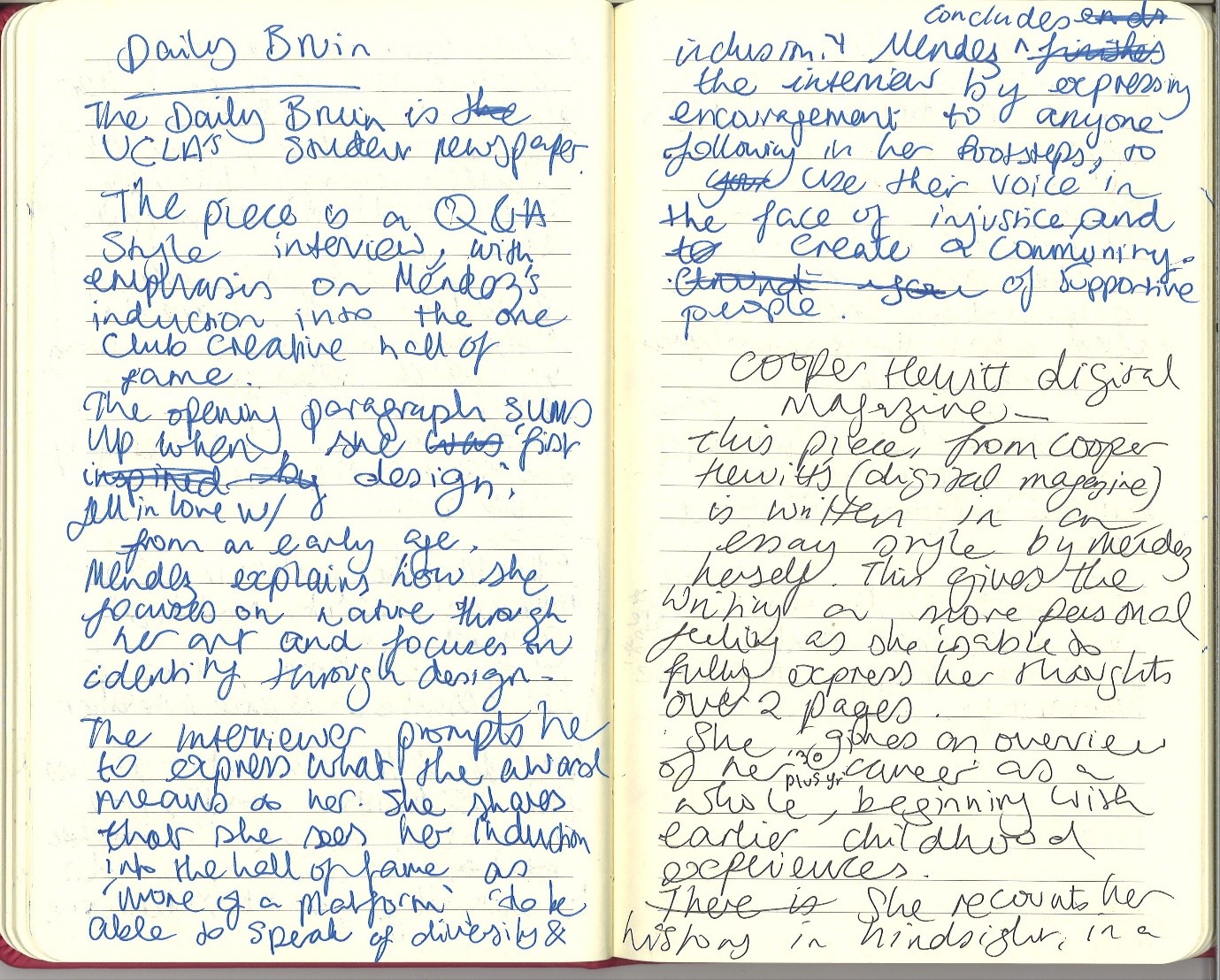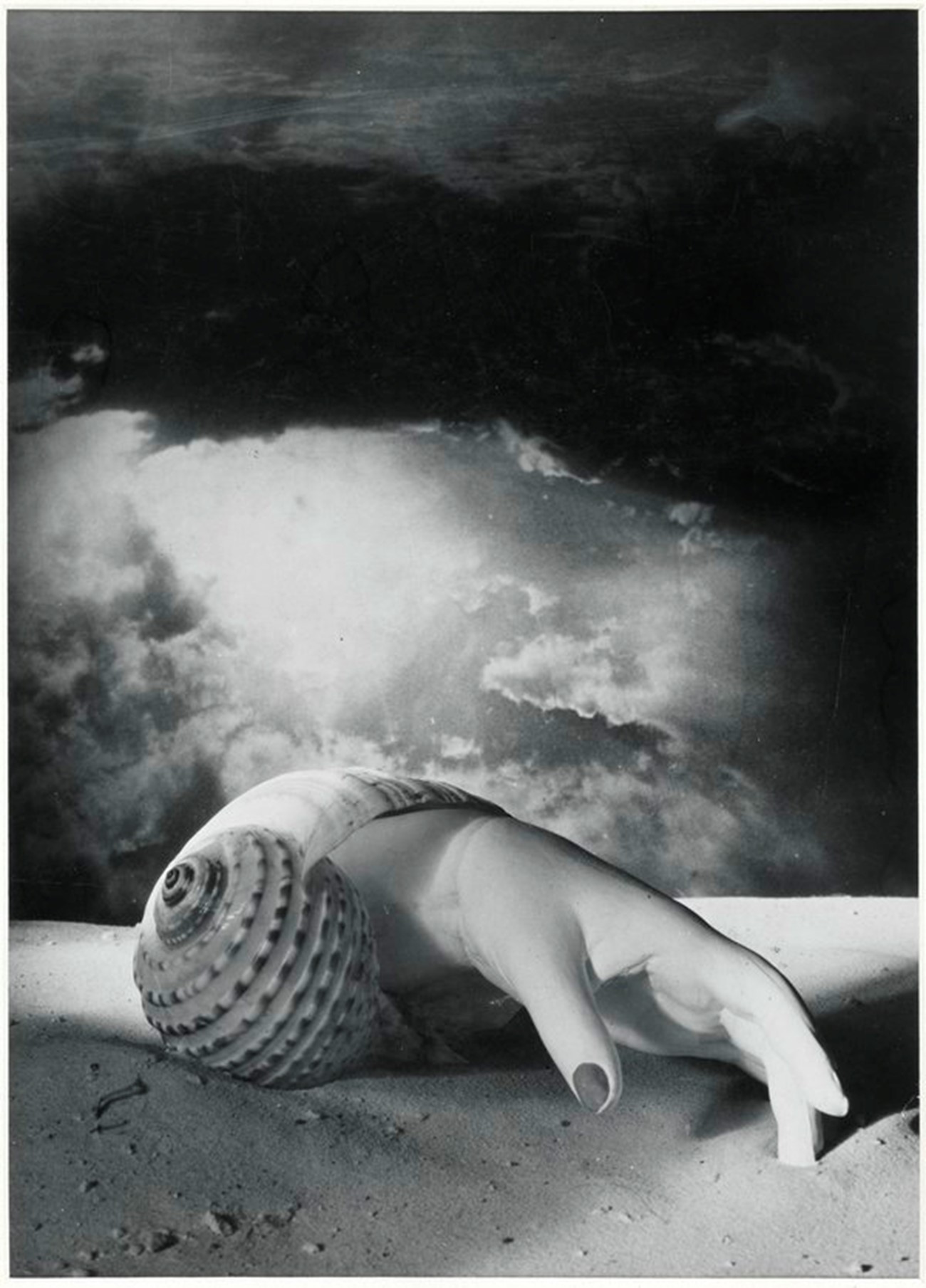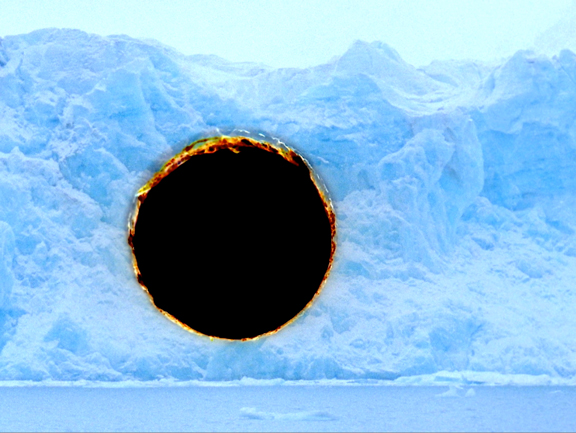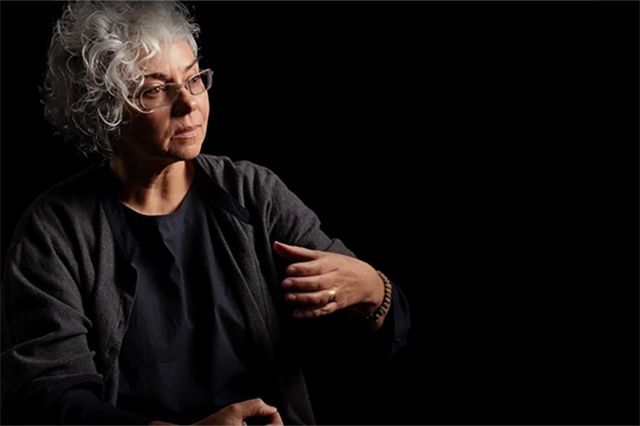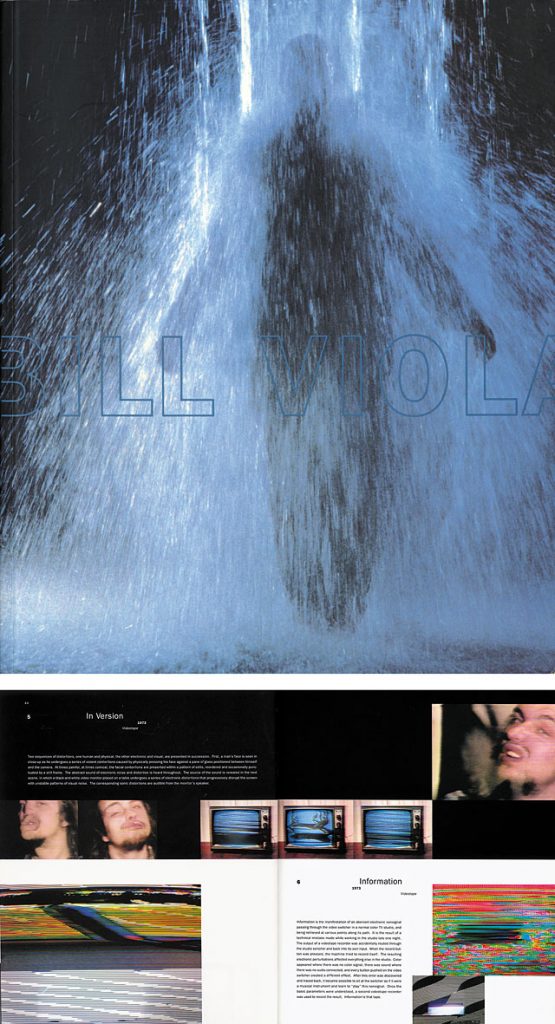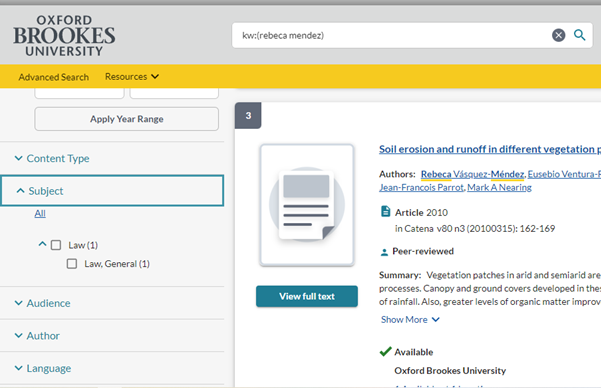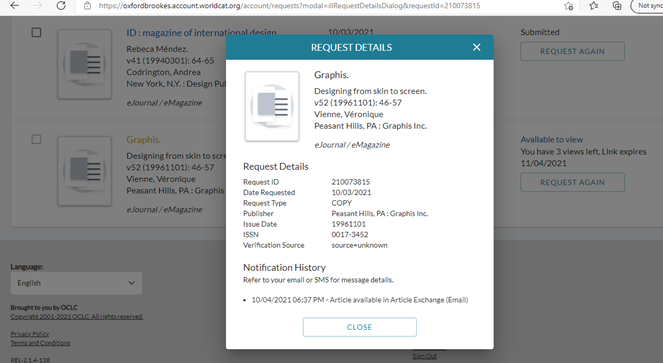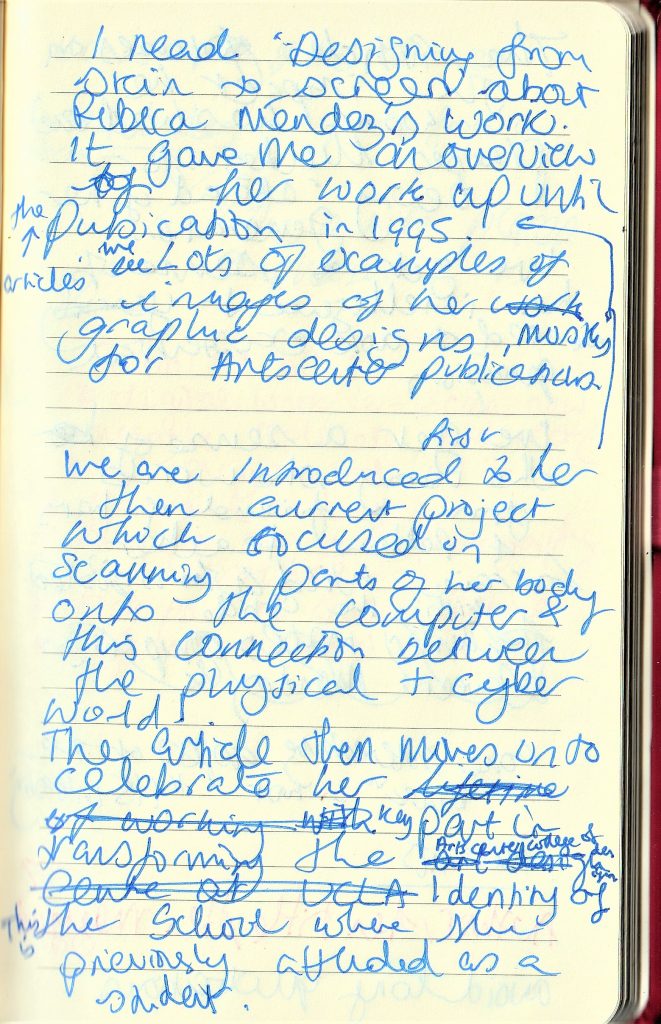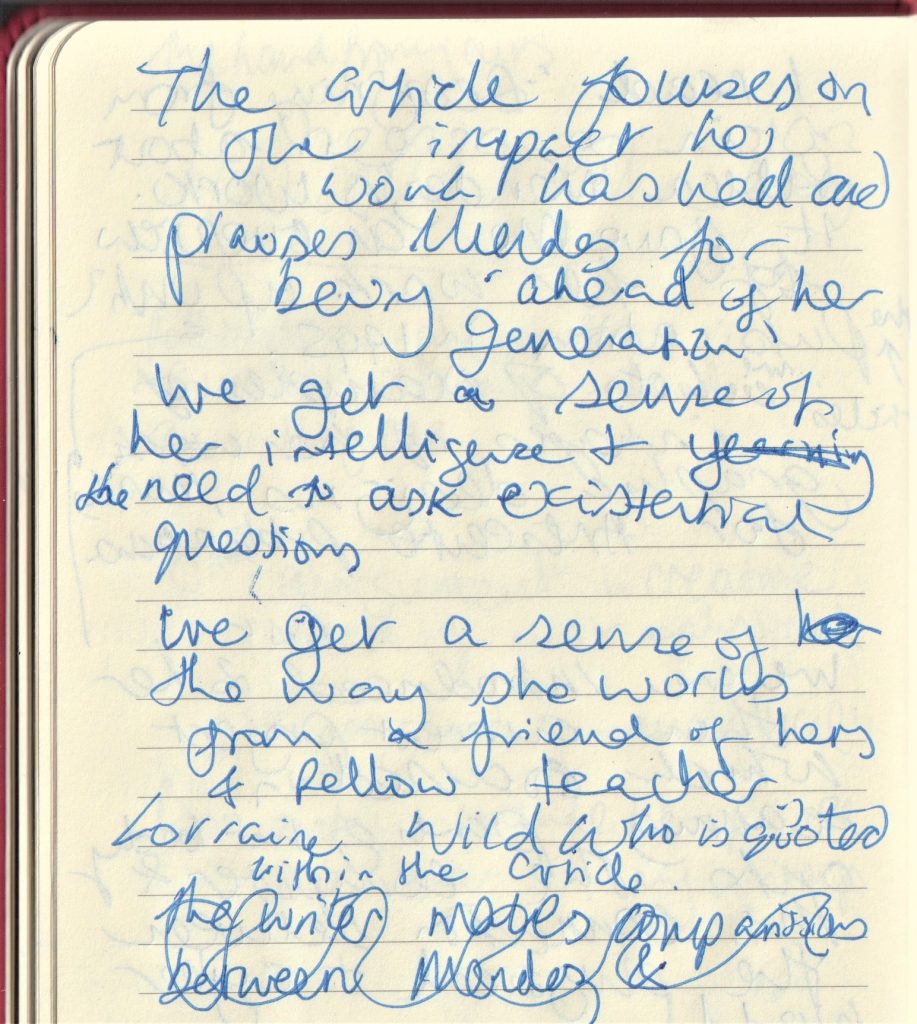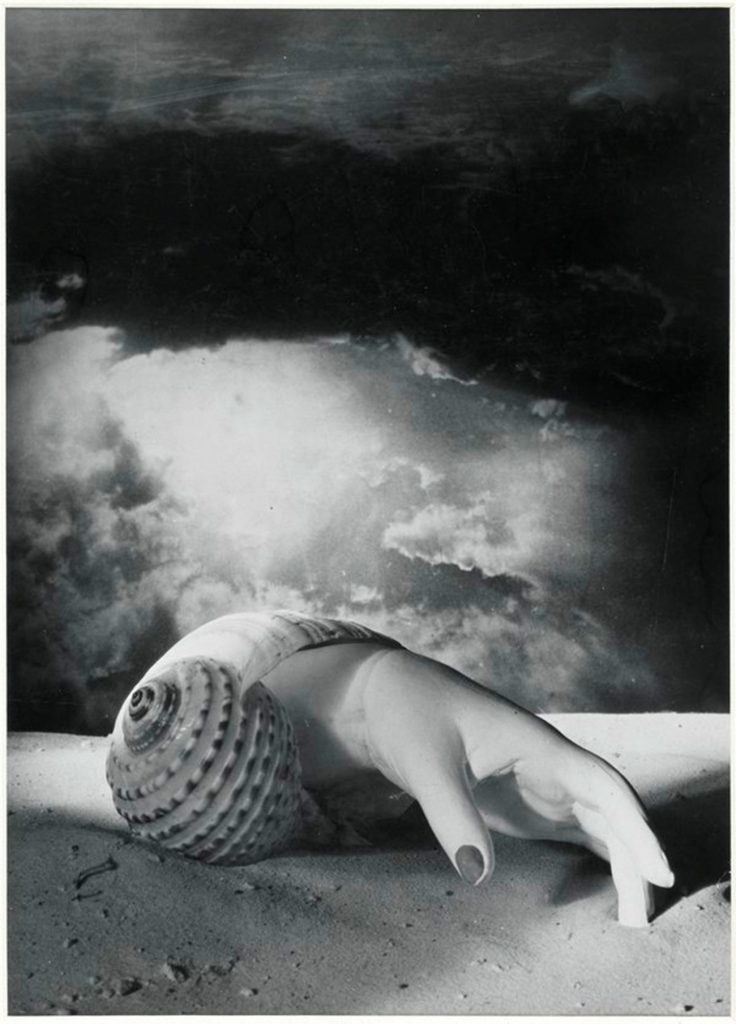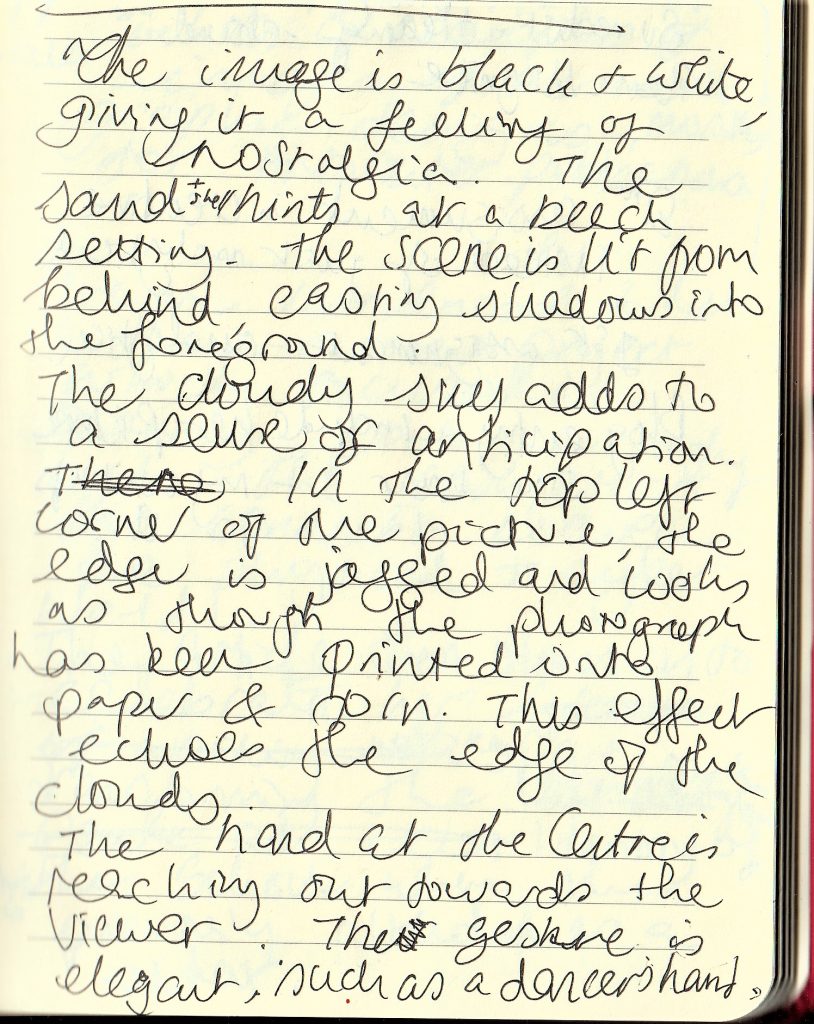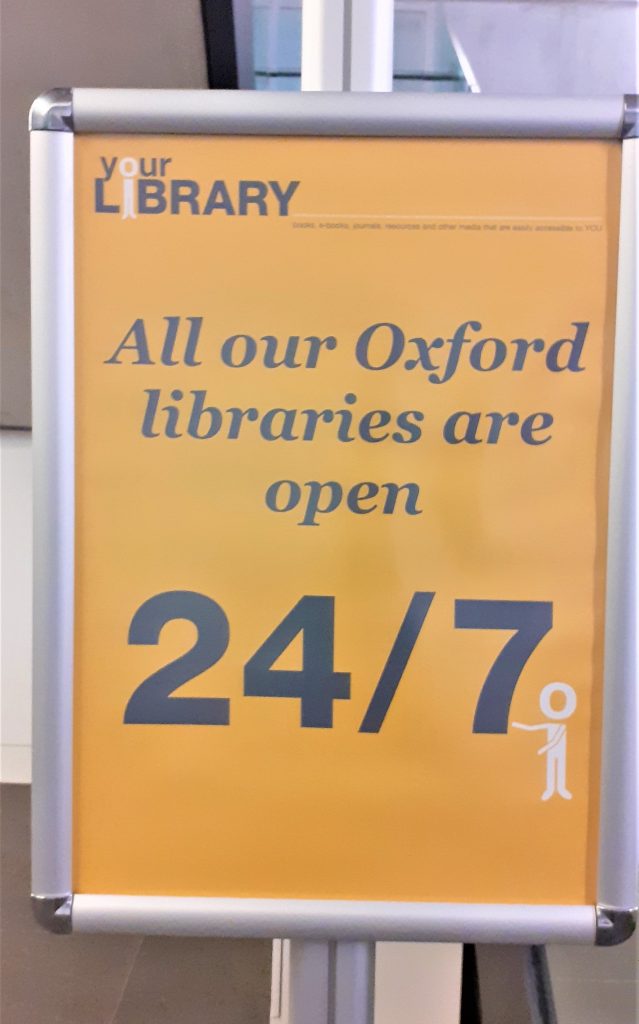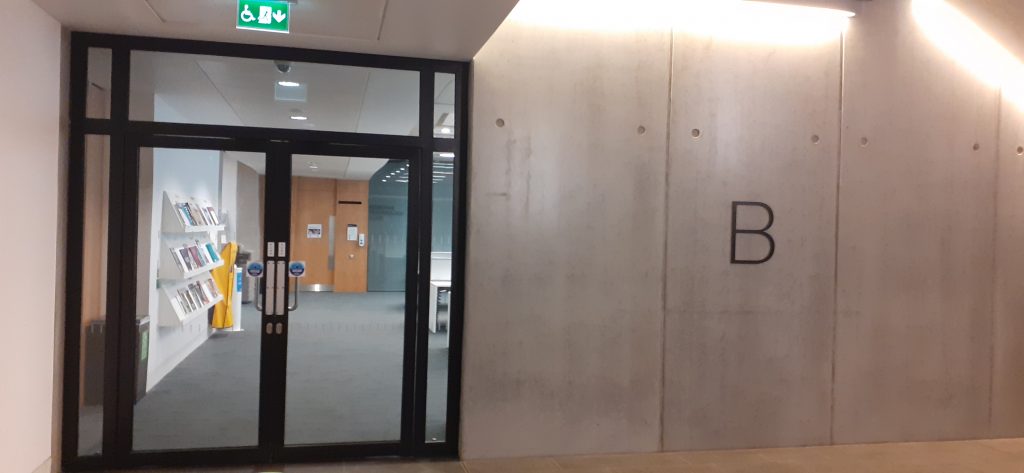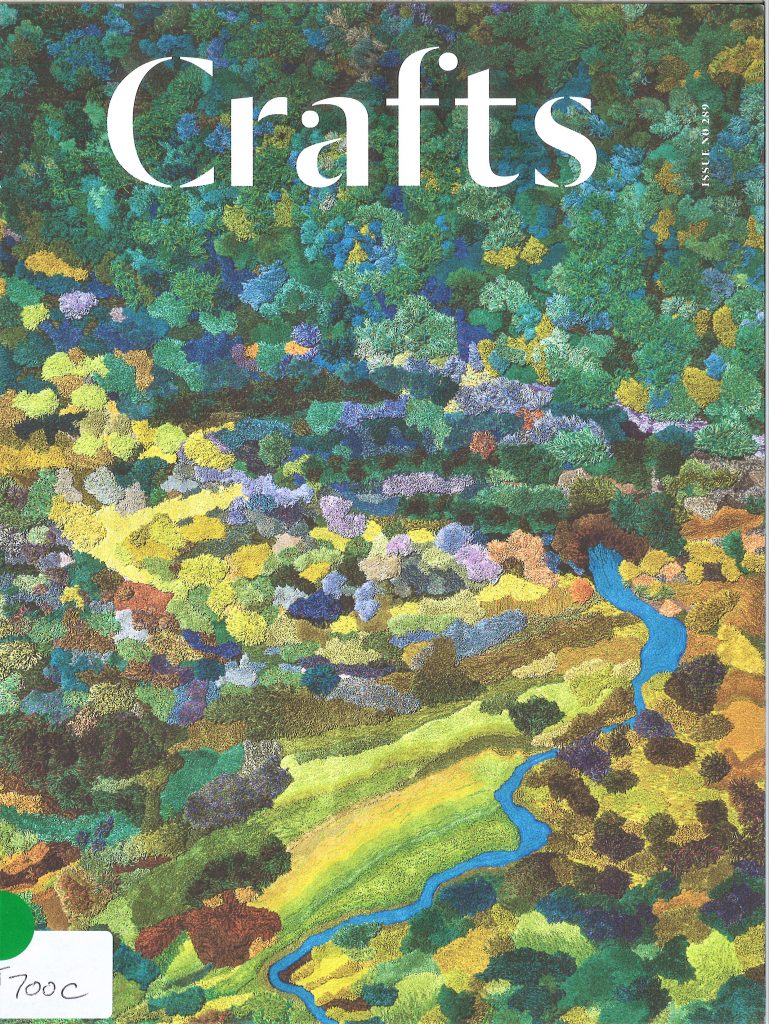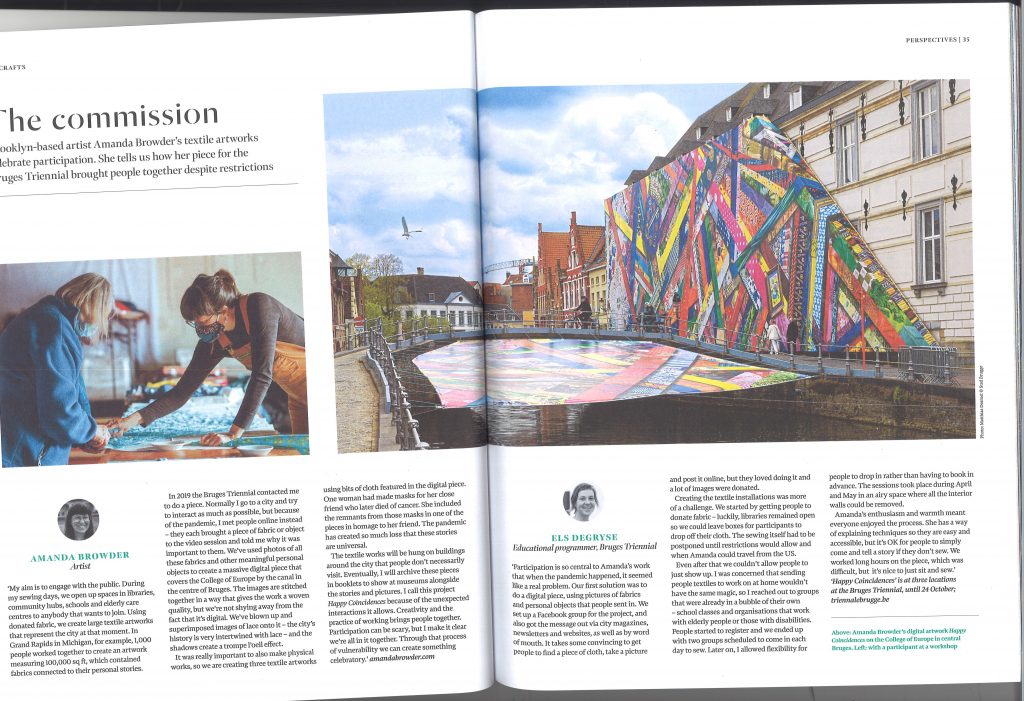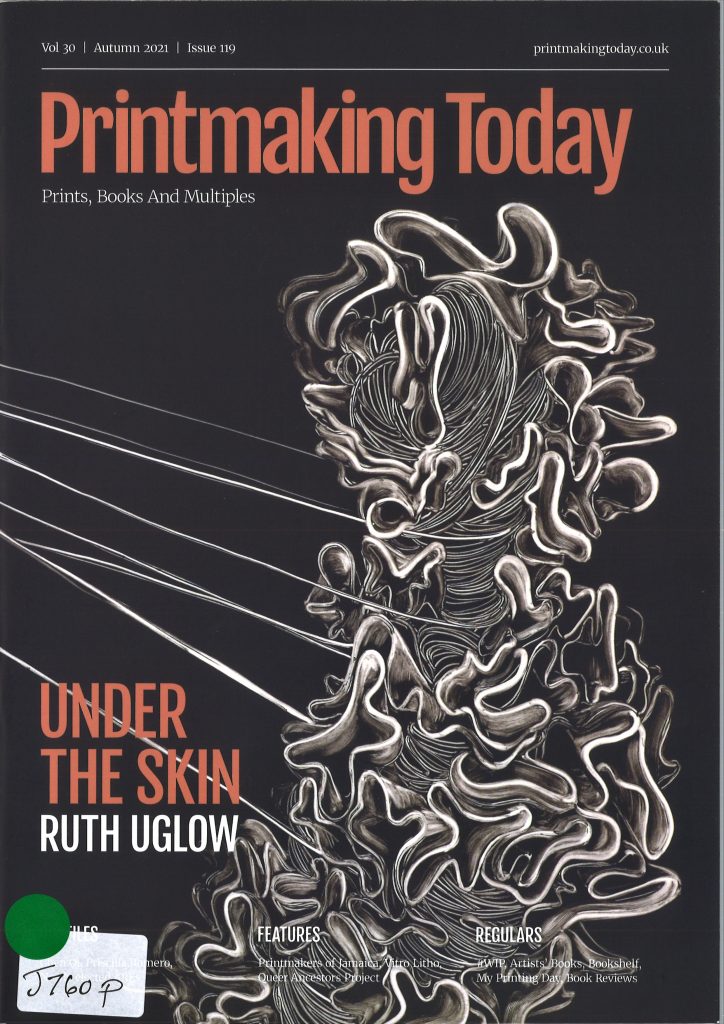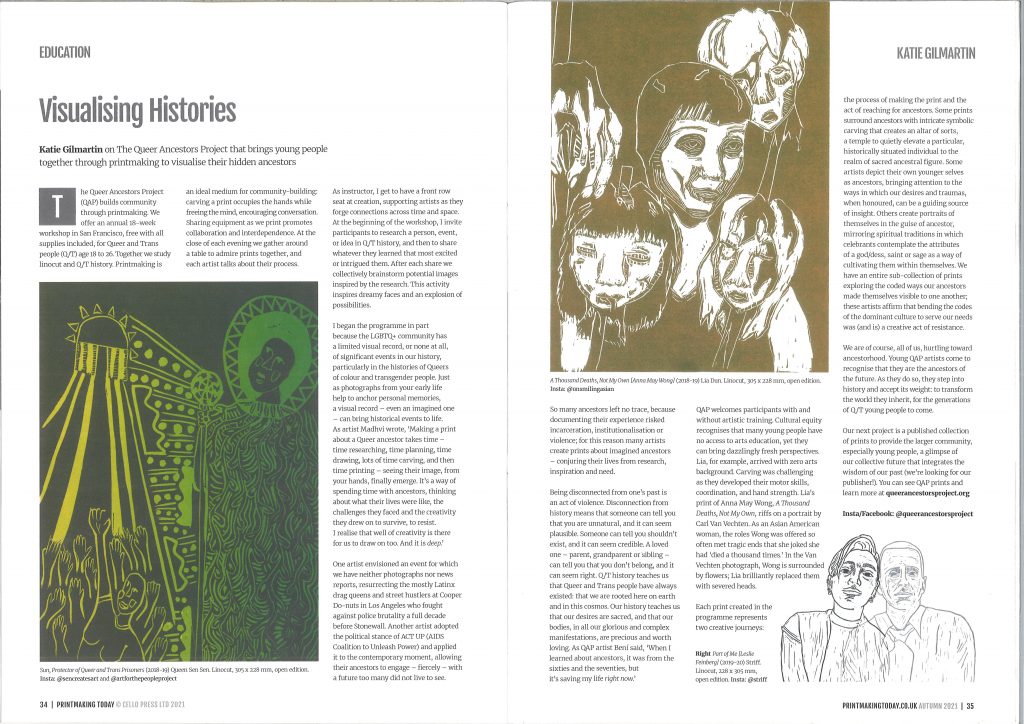Time for reflection…
It’s week 4 of first year Graphic Design. The first written assignment has been submitted.
The writing of the literature review was not the hardest part for me. The struggle was sourcing the sources. I can’t help feeling I need to learn from this experience, or I’m destined to go through the same problems next time.
What was the problem?
The library had 2 useful sources: 1 eJournal article entitled Rebeca Méndez by ID (The magazine of International Design) and a book called An introduction to electronic art through the teaching of Jacques Lacan: strangest thing by David Schwarz.
I ordered them as soon as I could (3rd October, 11 days before the assignment was due) only the library did not yet have them available. I returned to the library, I asked at the help desk where I was told that a physical book could take around 5 weeks to arrive. As for the eJournal, the librarian could not understand why it was not sent the same day as the other eJournal I had access to days before and had ordered on the same day.I then emailed Interlibrary loans. The reply I got was:
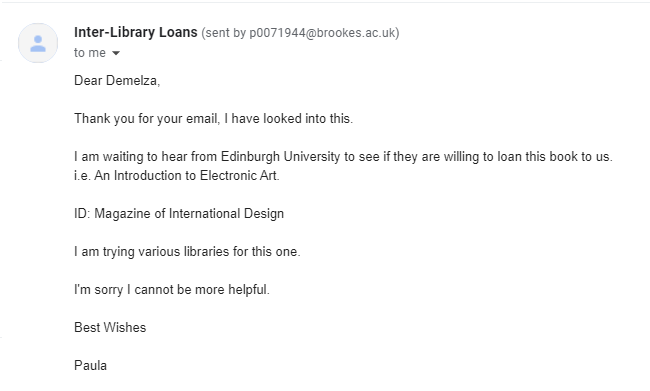
I emailed again the next day and still had no result. I was disappointed, because these sources were ideal for the assignment. They came from an academic, reliable source. At the last minute, I was forced to replace these sources with 2 from the internet. The positive/ useful thing was that I gained new knowledge about Rebeca Méndez through these 2 sources.
Because of this, I ended up with 9 sources where only 1 was a book, 4 were journals and 4 were online sources.
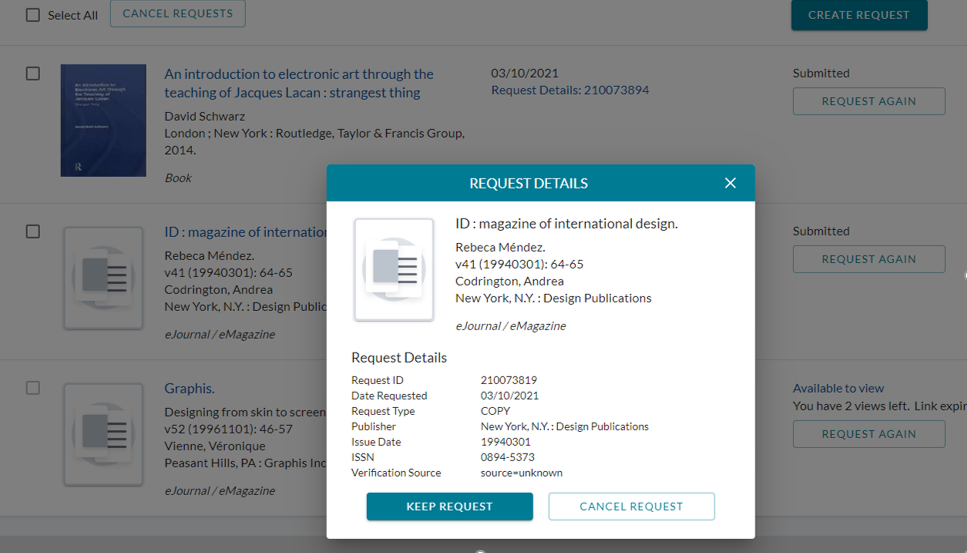

What could I have done differently?
- I have gone to the Bodleian library or tried the City Council library.
- Possibly I could have emailed Interlibrary loans earlier. However, from speaking with my lecturer Luisa, I discovered that some books are quick to come through Interlibrary loans, and other books will take longer.
- I could have asked the librarian Chris Fowler for help. I did email her only a day after we had been assigned the literature review. However, hearing no reply, I assumed she was busy and left it at that.
What did I do well?
- I found it helpful to have used my notebook when getting down initial ideas.
- I printed out every article which helped me to absorb the information and made it easy for me to refer to the article later on during the writing process. Highlighting certain areas also helped me to find the key points quickly.
- I used Cite Them Right for referencing the articles.(I got to the site through the Brookes library web page.
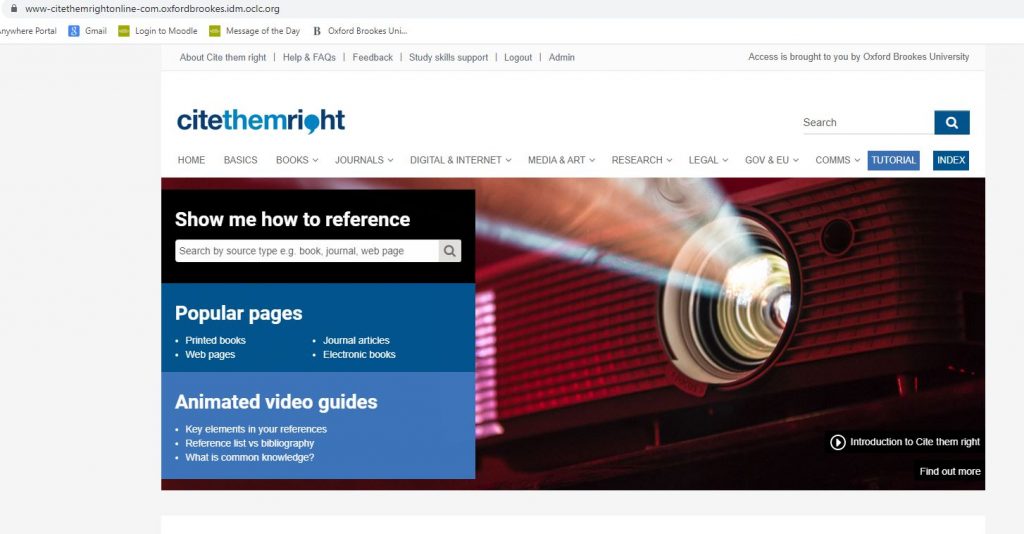
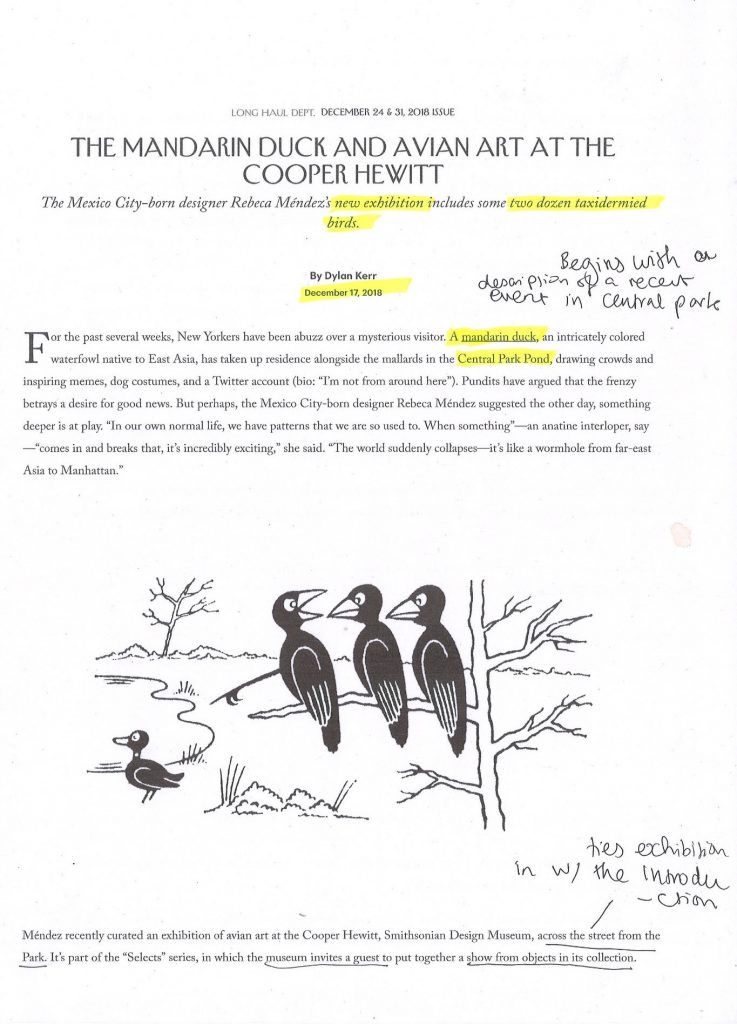
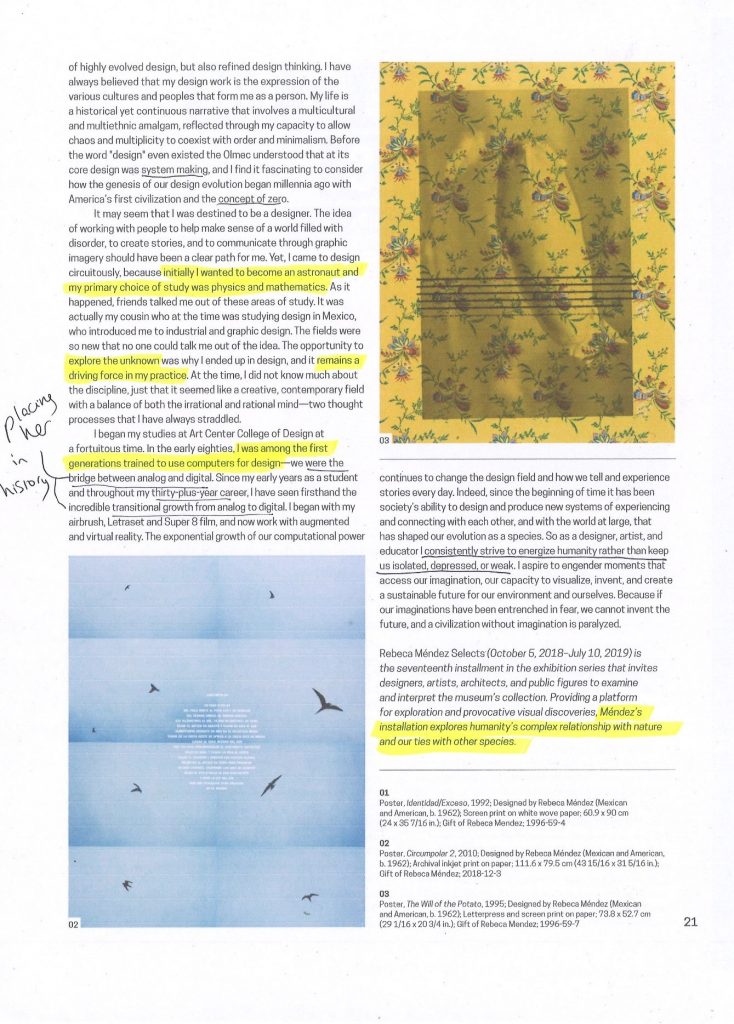
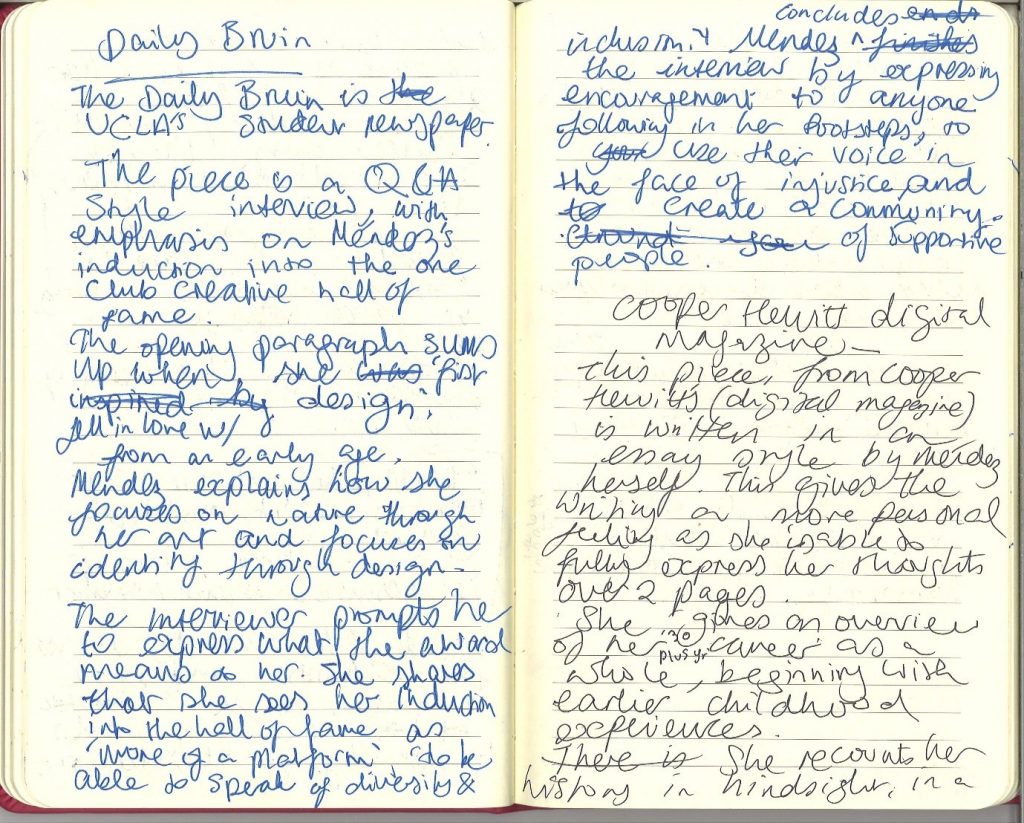
In today’s lecture, we discussed why it may have been difficult to locate sources on our given designer. The main reason was that the designers we each looked at were female and mostly did not speak English.
Luisa explained how requesting a book at Brookes library is helping to add to the library’s collection. If a book exists out there, it is possible to ask for our library to buy the book for us.
My classmate brought up the fact that it is not always easy to tell the difference between an academic and non-academic article. I had to agree with this.
I discovered that an academic source is longer, has foot notes, is usually not open to everyone. You may need an academic affiliation to access the article. Academic articles are backed by research. They are also checked by an academic and approved before publication. It is possible to view a digital copy these days, but usually an academic journal will be in print.
